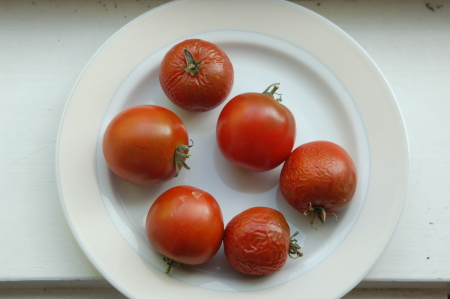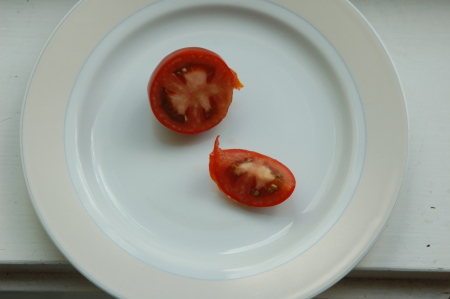I had sort of an interesting experience recently giving up a blog. Many of you may remember Root Cause (www.root-cause.net). This was a joint effort between myself and Rebsie of Daughter of the Soil. Like many blogs it got off to a good start, then Rebsie and I decided we had other priorities. When the time came to renew the domain name, I decided it wasn’t worth the US$10, and let it expire.
Much to my surprise, the domain was quickly snatched up by a spammer!
Why would this domain be interesting to a spammer? Well, many of my fellow bloggers out there showed support for our work by linking to us in posts and including us in their blogrolls. This made it one of the more popular gardening blogs on the Internet. This meant we ranked very well in search engines, which sent a lot of traffic both to us as well as the other blogs we linked to. By grabbing this expired domain, this spammer was able to make use of all these incoming links for other purposes. A few people still have this in their blogrolls!
Anyone still linking there will probably themselves lose some search engine ranking, because by now this is almost certainly a ‘known spammer’, and search engines usually punish people who link to known spammers!
I think it’s really important to check your blogroll from time to time, and be sure to remove links that go to places you don’t expect. If you decide to abandon your blog, consider this sort of thing could happen. You might want to consider removing your blogroll, as well as contacting people who list you in theirs and ask them to remove the link.
If you’re still linking to Root Cause, please remove the link!








